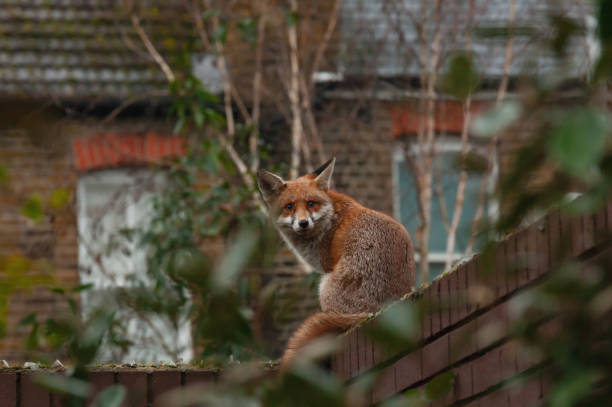Guide to Bird Feeders for Gardens and Wildlife
A bird feeder can turn a backyard, balcony, or community green space into a small, active habitat where birds visit regularly. Properly chosen and maintained feeders support local bird populations, bring people closer to nature, and offer straightforward seasonal enjoyment. This guide explains what bird feeders are, how to choose and place them, how they attract different birds, and how they interact with nature and wildlife in your area.

What is a bird feeder?
A bird feeder is any device that provides food to wild birds, ranging from simple seed trays to enclosed feeders designed for specific species. Feeders are made from wood, metal, plastic, or glass and may hold seed mixes, suet, nectar, or specialized feeds like nyjer. A well-designed bird feeder disperses food at a controlled rate, reduces waste, and helps prevent pollution of the surrounding area. Understanding feeder types helps match the feeder to the birds you want to attract.
Different feeder designs favor different birds: tube feeders suit small seed-eating birds, platform feeders accommodate ground-feeding species, and hummingbird feeders use nectar reservoirs. Choosing the right feeder improves visibility and bird safety while minimizing unwanted visitors like squirrels.
How to choose a bird feeder
Selecting a bird feeder depends on the species in your area, the space you have, and maintenance preferences. Start by observing local birds to learn what they prefer—some areas have many finches and sparrows, others see more chickadees or woodpeckers. Consider feeder capacity for how often you can refill it and materials that withstand local weather.
Also think about practical features: removable trays for cleaning, perches sized for target birds, and seed guards to reduce spillage. If nuisance animals are a concern, look for feeders with squirrel-resistant mechanisms or mount them on baffles. Durable, easy-to-clean designs reduce the risk of mold and disease and extend the feeder’s useful life.
How do bird feeders attract birds?
Bird feeders attract birds by offering consistent, easily accessible food sources. Different foods attract different birds: black-oil sunflower seed is broadly attractive and high in nutrition, nyjer seed draws finches, and suet appeals to insect-eating species in cooler months. Location and visibility matter—birds look for safe perching spots near cover, such as shrubs or trees, and prefer feeders that offer a clear flight path.
Timing and consistency also help: refilling feeders regularly establishes reliable foraging behavior. In winter or migration periods, predictable feeders can be particularly valuable. However, avoid overfeeding during times when birds can naturally find sufficient resources, and monitor which species are visiting to adapt offerings appropriately.
How bird feeders affect nature
When managed responsibly, bird feeders can complement natural food sources and support bird survival, especially during harsh seasons. They provide supplemental energy that can help birds maintain body condition, raise young, or endure migration. But feeders can also alter local ecology if misused—over-reliance may change foraging behavior, and poor hygiene can spread disease among birds.
To minimize negative impacts: rotate feeder locations occasionally, clean feeders with a mild disinfectant on a regular schedule, remove uneaten wet seed to prevent spoilage, and avoid offering foods that are unhealthy for wild birds (for example, bread in large quantities). A balanced, monitored approach supports both bird welfare and broader ecological balance.
Bird feeders and local wildlife
Feeders attract not only birds but sometimes other wildlife such as squirrels, raccoons, or rodents. This interaction can be beneficial—providing opportunities to observe a broader range of species—but it can also create competition or health risks. To manage these dynamics, use feeders designed to deter non-target animals, place feeders away from dense cover where predators can hide, and maintain clean feeding areas to reduce seed buildup.
Consider planting native plants and shrubs near the feeder to offer natural shelter and alternative food sources that support biodiversity. Combining feeders with habitat features—like native berry-producing plants and water sources—helps create a balanced patch of nature that benefits birds and other wildlife without encouraging dependency on supplemental feeding.
Conclusion
A carefully chosen and properly maintained bird feeder can enhance your connection to local birds and nature while offering meaningful support to wildlife, particularly during demanding seasons. Thoughtful placement, appropriate food choices, regular cleaning, and attention to local species needs help ensure feeders provide positive benefits without unintended consequences. Observing how birds respond can guide adjustments that fit your garden or outdoor space and the wildlife that visits.




